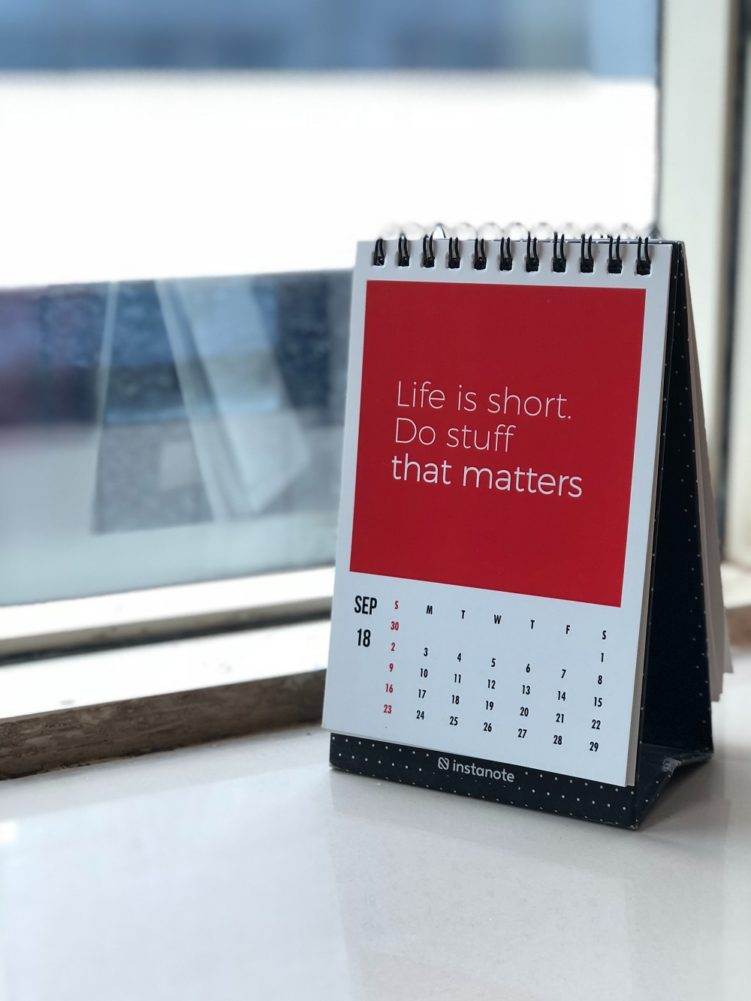Building a rockstar dev team is the key to crafting groundbreaking applications. But recruiting the A-list developers who can shred through complex problems and seamlessly integrate with your Agile workflow can feel like searching for a unicorn. This guide equips you with the knowledge to attract top talent. We’ll cover crafting a killer job description, scouting for talent in the developer community, and conducting effective interviews. Get ready to assemble your dream development band and create software that rocks!
Assembling a software development team is like building a dream band – each member brings a unique skillset, gels together seamlessly, and creates something truly magical. This guide equips you with the knowledge to recruit A-list developers who will harmonize with your existing team and crank out innovative solutions.
Backstage Prep: Defining Your Project Needs

Before you hit the recruiting stage, clearly define your project’s roadmap:
- Tech Stack Audit: Identify the programming languages, frameworks, and tools your current team members are already rocking (e.g., Java Spring backend, ReactJS frontend). We’ve written a whole article on How to choose tools and technologies based on performance.
- Skill Gap Analysis: Assess any missing instruments in your band. Do you need a Node.js bass player to lay down a solid foundation or a DevOps engineer to handle the sound mixing (CI/CD pipeline)? There are several options out there to upskill your digital product team.
- Project Scope Breakdown: Break down the project’s functionalities into user stories and APIs. This roadmap will help you identify the specific software development skills needed for each phase.
Craft a Killer Gig Poster: Your Compelling Job Description

Your job description is the first impression you make on potential rockstars. Make it stand out! Creating effective job descriptions is one of the best developer recruitment strategies.
- Focus on Project Impact: Highlight the challenges you’re tackling and the impact the new developer will have on the final masterpiece. Do you know what is meaningful software (and purpose-engineered)? If not, read this.
- Showcase Your Band Culture: Describe your Agile methodology (Scrum, Kanban), code review practices, and opportunities for professional development and endless jams (learning & growth).
- Drop Technical Lingo, But Keep It Real: Mention the core technologies you use without overwhelming candidates with overly technical jargon. It’s about finding the right fit, not just someone who speaks code.
- Quantify Success with Metrics: Include success metrics relevant to the role, like improved code quality measured by unit test coverage or faster deployment cycles. These are your backstage goals to ensure a smooth performance.
Don’t limit yourself geographically! Look beyond domestic borders to expand your talent pool. Brazil, for instance, is a growing tech hub with a large pool of skilled software engineers. Consider exploring resources specific to the Brazilian market to find top talent
Scouting for Talent: Finding Rockstars in the Developer Community

There’s a vast pool of talented developers out there. Here’s where to find the perfect band member:
- GitHub: Search for developers actively contributing to open-source projects that align with your tech stack. They’re already out there showcasing their skills.
- Stack Overflow: Identify developers with a high reputation score and expertise in solving problems related to the technologies you use. These are the developers who can troubleshoot any coding mosh pit, perfect for your software development roles.
- Developer Communities & Meetups: Network at industry events and meet developers who are passionate about your area of focus. These are the jam sessions that can lead to finding the missing piece for your band.
- Employee Referrals: Involve your existing developers. Offer incentives for referring skilled individuals they’ve interacted with online, at meetups, or at conferences.
The Audition Process: Assessing Skills and Cultural Fit

The interview process allows you to evaluate a developer’s technical chops, problem-solving abilities, and ability to jam with the band, using technical interview best practices:
- Technical Assessments: Move beyond basic coding quizzes. Design take-home projects that simulate real-world scenarios and assess their ability to write clean, maintainable, and well-tested code using your tech stack. These are like practice sessions before the big gig. You may also want to ensure if your HR is fully prepared to verify tech skill level of job applicants according to technical interview best practices.
- Live Coding Challenges: Pair programming exercises are a great way to see a developer’s problem-solving approach, communication skills, and ability to collaborate effectively with your team. This is where you see if they can harmonize with the band’s rhythm.
- In-depth Technical Discussions: Discuss specific technologies, design patterns, and best practices relevant to the role. This assesses their knowledge and ability to adapt to your existing codebase. These are the discussions that ensure everyone’s on the same page.
- Behavioral Questions: Uncover their experience with Agile methodologies, their approach to code reviews (critiques), and their strategies for debugging complex issues (fixing those unexpected glitches).
In all steps, include questions to assess specific software development roles such as front-end developer, back-end developer, and full-stack developer. We’ve actually listed the most desirable behavioral skills to look for in tech pros, too.
Making the Offer and Onboarding Your New Rockstar

You’ve found your ideal candidate! Here’s how to integrate them seamlessly into the band:
- Competitive Offer: Research industry benchmarks for developers with their skill set and experience in your chosen programming languages and technologies. Offer a compensation package that includes a salary, benefits, and potential for growth – stock options are a great way to keep them rocking with the band long-term.
- Clear Expectations and Roadmap: Outline the role’s expectations, career development opportunities within the team, and the onboarding process. This transparency helps in onboarding software developers effectively and sets clear expectations from the start. It lets them know what parts they’ll be playing in the song.
- Agile Onboarding: Immerse the new developer in your Agile workflow. Pair them with a senior developer as a mentor (e.g., a DevOps engineer, full-stack developer, front-end developer, or back-end developer depending on their expertise), involve them in code reviews (critiques), and provide access to the resources and documentation they need to be productive quickly. This ensures a smooth transition and minimizes the time it takes for them to start contributing their unique talents.
You find everything there is to know about making / accepting a job offer here.
Keeping Your Group Happy and Doing Great Software

Building a rockstar dev team isn’t a one-time event. Here’s how to nurture your team and keep them excelling in their software development roles:
- Continuous Learning and Development: Invest in your developers’ growth by offering opportunities to attend conferences, workshops, and online courses related to their field. Encourage knowledge sharing within the team through brown bag lunches or technical talks.
- Promote a Culture of Recognition: Acknowledge and celebrate individual and team achievements. Public praise, bonus structures, or team outings can go a long way in boosting morale and keeping your developers feeling valued.
- Maintain a Healthy Work-Life Balance: Encourage breaks, promote healthy work habits, and offer flexible work arrangements when possible. A happy and well-rested team is a productive team.
- Embrace Open Communication: Foster a culture of open communication where developers feel comfortable expressing ideas, concerns, and feedback. Regular team meetings and one-on-one conversations are crucial for maintaining a positive and productive environment.
By following these steps, you’ll be well on your way to building a high-performing dev team that can tackle any challenge and deliver innovative software solutions. Attracting and retaining top software developers requires a commitment to creating a stimulating and rewarding work environment where they can unleash their creativity and contribute to something truly groundbreaking.
So get ready to rock, and prepare to witness the magic that unfolds when a team of talented developers comes together to create the next big thing! One final tip: you can also try to enhance team collaboration with in-person shared memories.
Key Takeaways
- Building a rockstar dev team requires a strategic approach to attracting, interviewing, and onboarding top talent.
- Effective job descriptions, targeted developer recruitment strategies, and technical interview best practices are crucial for finding the right fit.
- A smooth onboarding process and a commitment to continuous learning and development are essential for retaining top talent and fostering a thriving development team.
- Creating a positive and rewarding work environment is key to motivating developers and unlocking their full potential. Commitment to Agile development methodologies and a healthy work environment ensures high performance.
Ready to implement developer recruitment strategies and grow your dev team? Check us out:

International Marketing Leader, specialized in tech. Proud to have built marketing and business generation structures for some of the fastest-growing SaaS companies on both sides of the Atlantic (UK, DACH, Iberia, LatAm, and NorthAm). Big fan of motherhood, world music, marketing, and backpacking. A little bit nerdy too!








